Abrasive Blasting
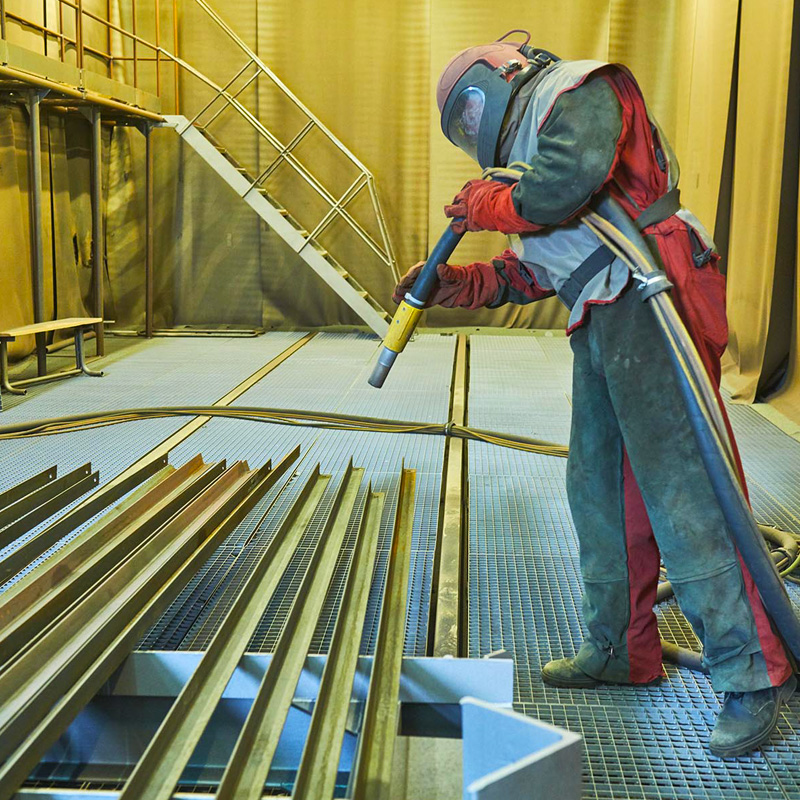
Risks associated with abrasive blasting: What do you need to know?
Treating surfaces via dry blasting generates a huge amount of dust and raises specific capture issues. When preparing components for painting or finishing, or even when cleaning structures, there are a number of risks that you need to watch for. Various factors come into play:
- What types of particles are released from your surface treatment processes – a combination of substrates and abrasives?
- Are there any deflagration risks associated with your processes? Do they produce dusts containing explosive metals, like aluminium?
- Do you have capture, transporting and collection measures in place tailored to blasting dust (e.g. a blast booth dust collector or a sandblaster dust extractor)?
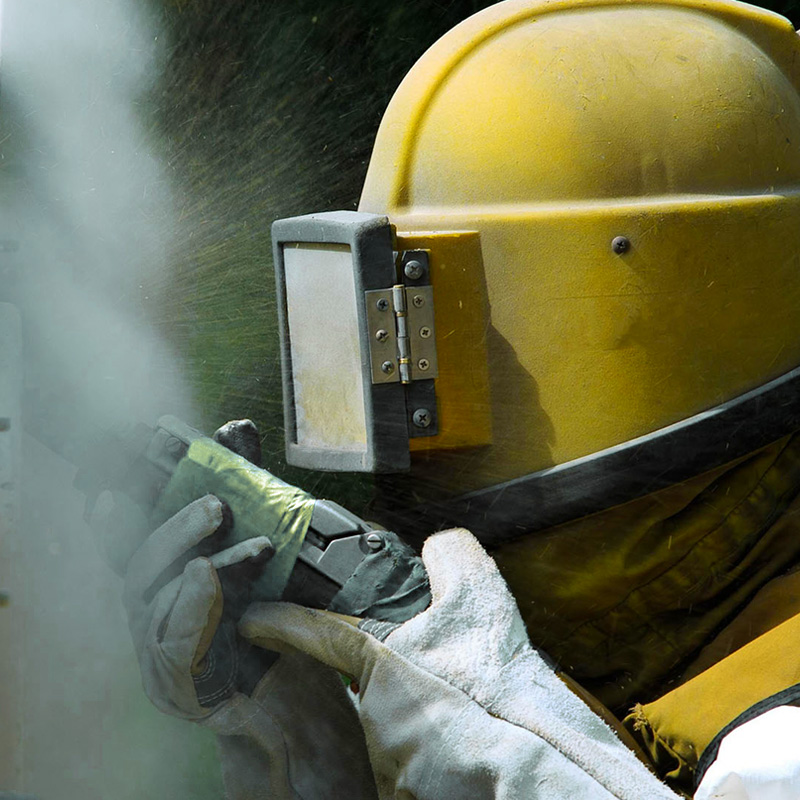
Abrasive blasting: protecting workers’ health!
Whether you use abrasives like sand or crushed walnut shells, minerals (aluminum or silica oxides) or metallic shot (aluminum or steel), you must protect your workers’ breathing zone and control the risks of fire and explosion.
The dust collection challenge with abrasive blasting is to select a collection system that can handle the materials released from the substrates and abrasives… a considerable volume of particles! These abrasives alone account for up to 95% of the amount taken in. The remaining 5% is from the material that is blasted. These fine dusts can be potentially harmful and highly explosive.
Another issue with abrasive blasting is managing to ensure safe visibility for your blasting personnel, who are often in airtight booths, completely covered in a protective work suit. To do so, the environment must meet the air change requirements: it must remain below the workers’ vision obstruction threshold.

OPTIMIZE YOUR INDUSTRIAL DUST COLLECTOR PERFORMANCE
REQUEST AN EXPERT'S OPINION
![]()
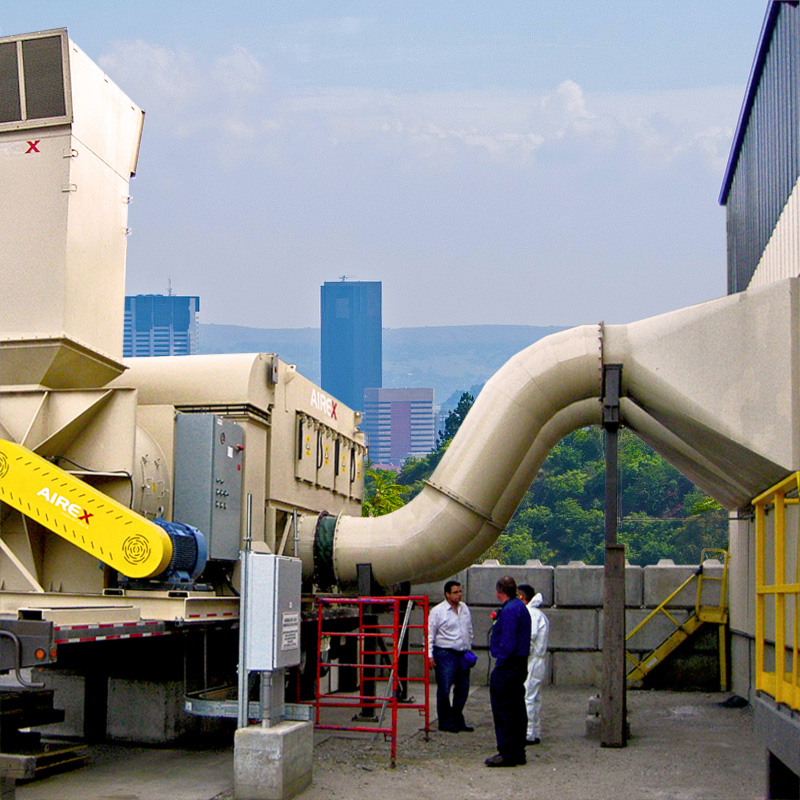
How can you reduce the risks associated with abrasive blasting?
The design of a dust capture, transporting and collection system must factor in the requirements pertaining to fire, explosion, corrosion and toxicity. For example, due to friction, abrasives and some metal components can create an exothermic reaction and ignite. One solution for reducing those risks would be to use dilution techniques to cool the air. You could also opt for air showers as a safe decontamination solution for the workers. Being very knowledgeable of the standards, our dust collection experts can help you meet them and choose a system tailored to your processes and needs.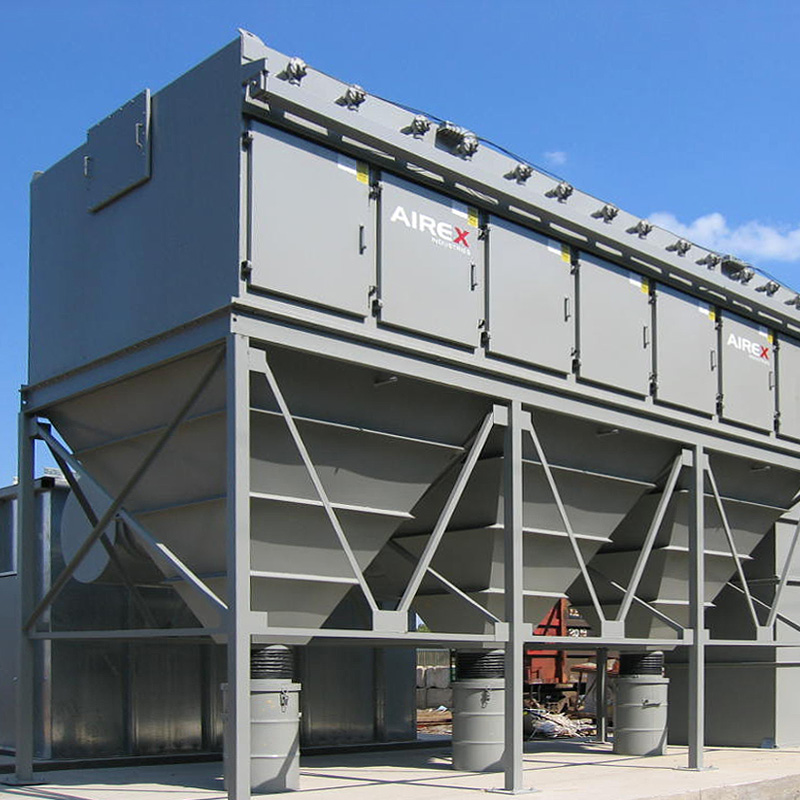
What is the best dust collector for abrasive blasting?
Every industry has its own issues and specifics! The selection and installation of a dust collection system suitable for blasting must factor in the type of particles to be controlled, the work environment, the standards, and a risk assessment. A number of solutions and abrasion-resistant dust collectors are available to you, from the vacuum table to at-source (in-booth) capture systems.
We believe that the best dust collector is the one that perfectly meets your needs. It’s also the system that saves you money. Our experts can suggest sustainable options for you. Our recommendations are well thought out in order to minimize production shutdowns, repairs, and energy use. Here is a quick look at what we can offer you:
- Innovative solutions with an excellent service life, such as our custom-designed vertical cartridge dust collection system.
- Dust collection solutions integrated into the blasting booths and rooms.
- Equipment approved by the NFPA standards for preventing incidents.
- A team consisting of engineers and specialists available to you for outages and preventive maintenance.

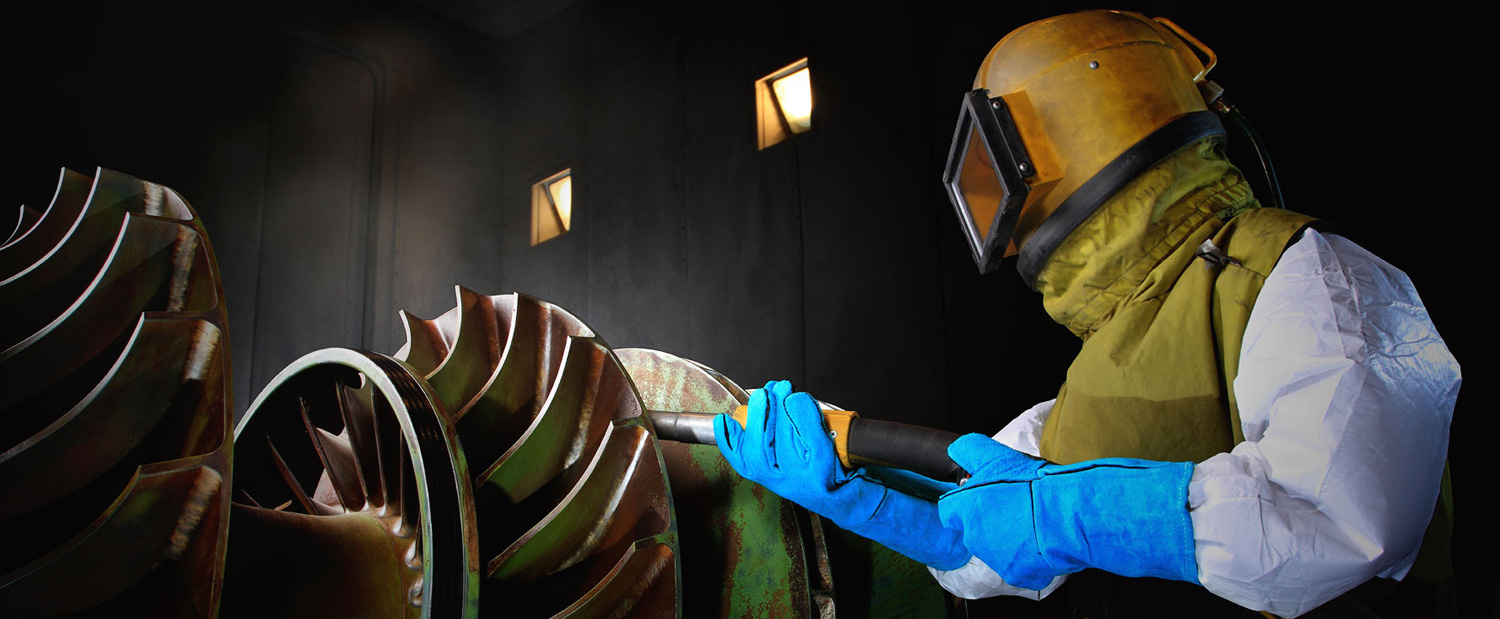

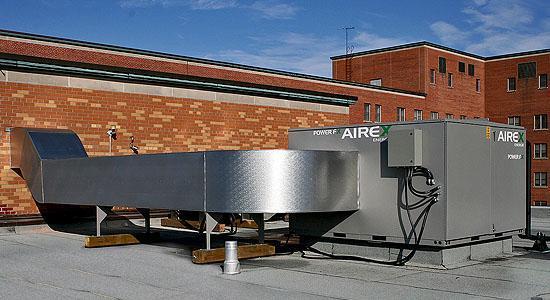
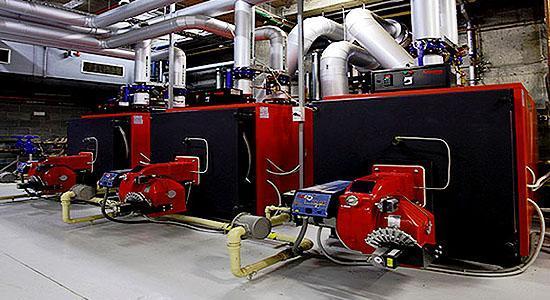
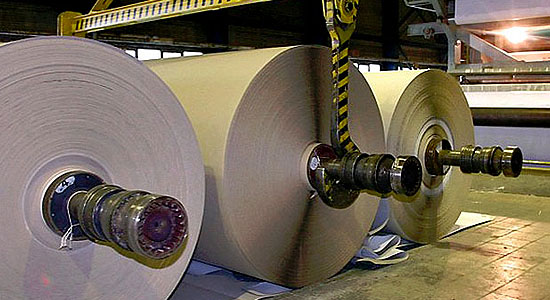
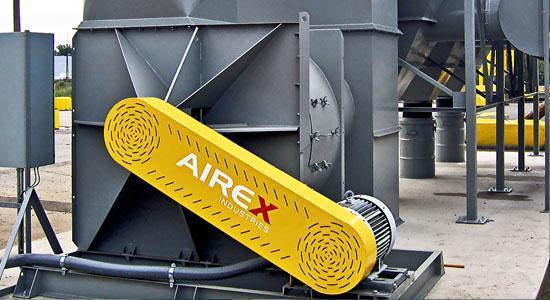
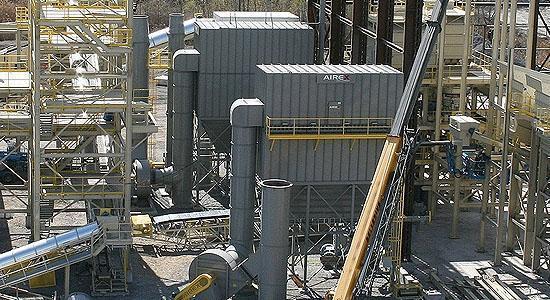

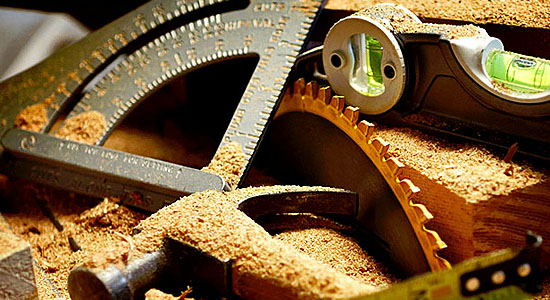
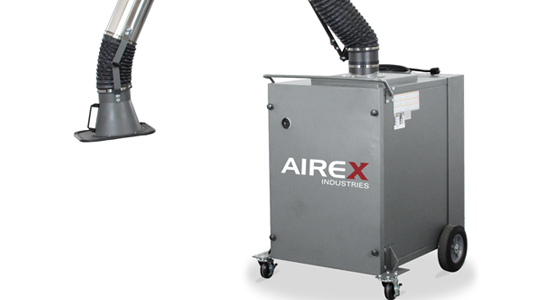
 Not sure what product fits your needs, or you looking for advice about the best solution for your problem?
Not sure what product fits your needs, or you looking for advice about the best solution for your problem?